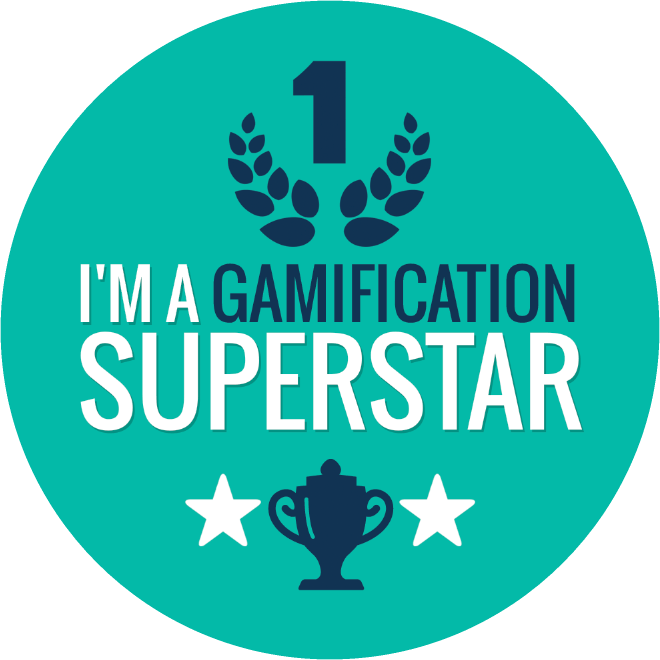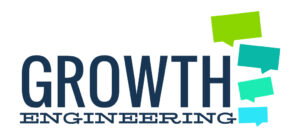Click here to read part 1 and here to read part 2 of this series.
Who Said Learning Should be Boring?
The fact of the matter is, we live in a world where time is short and pressure is high – we will only make the effort to do something if it’s enjoyable or obviously beneficial to us in some way.
Who was it that decided that training and education can’t be fun? Who said that if we’re entertained, we’re not learning? Whose bright idea was it to stipulate that learning in an organization had to be strict, formal, lonely and boring?
When learners are taught formally, they become what we call zombie learners. These learners are gormless, dribbling wrecks. They zone out, staring at their teacher rather than engaging with them, nodding along and taking notes when required, but not actually taking in what they’re being taught. Just as zombies are motivated by the hunger for braaaaaains, zombie learners are motivated by the hunger for freeeeedom – they can’t wait for the training to end so they can enter the world of the living once again!
 Education + Entertainment = Engaging ‘Edutainment’
Education + Entertainment = Engaging ‘Edutainment’
But here’s the thing: entertainment can be educational, and education can be entertaining. They are not mutually exclusive!
This is one of the main ways in which Learning and Development in the UK needs to change. L&D was born out of terrible compliance training – educating employees on the laws and regulations that affect them on a day-to-day basis. Ok, we get it; compliance training is pretty dry subject matter. But that doesn’t mean every other L&D training program has to be!
Contrary to popular opinion, we humans are massive fans of learning. We love it! But when we’re faced with boring learning, we switch off. Even if it’s our favorite topic, if it’s badly put together with poor structure, less-than-passionate delivery and an extra sprinkling of boredom, chances are we’re not going to enjoy learning about it. And if we don’t enjoy it, what’s the point?
If we want to change behavior and make an impact on organizational performance, the learning communities that we serve have got to love the learning experience. If the training is enjoyable; if it’s intriguing and varied; if it makes learners smile and gives them joy; if it gets them to activate their brains and apply their new learning then it’s clear that they will remember so much more.
Change how we view online learning
 To truly improve the state of L&D, we need to make learning fun and see it as entertaining instead of soul-crushingly dull and something that we’re forced to do.
To truly improve the state of L&D, we need to make learning fun and see it as entertaining instead of soul-crushingly dull and something that we’re forced to do.
On a neuropsychological level, fun, learning and knowledge retention all relate to dopamine signalling in the brain. Dopamine is a neurotransmitter that is released whenever we experience something pleasurable and has often been linked to things like sex, drugs, gambling and partying – which doesn’t necessarily give it a good reputation. But it’s also associated with doing something as simple as eating a cake, as exciting as riding a rollercoaster or as soppy as falling in love (aww).
Neurotransmitting happiness
Let’s get a wee bit technical for a moment: for our purposes, we need to think about the mesolimbic or ‘reward’ pathway in the brain, which begins in the midbrain (one of the oldest parts of the brain!) and links to the prefrontal cortex. When dopamine is released in this pathway, it affects things like motivation, addiction and lust.
Whilst it’s easy to see how this could be a bad thing when it comes to drugs, gambling or even cupcakes, it’s this reaction that gives ‘fun’ its pleasurable and addictive qualities and makes us want to repeat the experience which triggered it.
If we take advantage of this reward pathway and make learning fun, learning becomes almost like a drug: we’re suddenly motivated to learn, addicted to furthering our knowledge and even a little bit in love with the learning process!
The great thing about learning is that it already releases dopamine in small amounts. You’re probably familiar with the flush of euphoria we get when we finally figure out the solution to a tricky equation or suddenly work out how to put a piece of flat-pack furniture together.
Adding fun to this process is like sprinkling lighter fluid on a smouldering barbeque: WHOOSH! The effect is intensified 100-fold.
 Gamification: Making Learning Fun
Gamification: Making Learning Fun
Gamification is the application of gaming mechanics and gaming metaphors to non-gaming scenarios to make difficult tasks more palatable. It involves awarding points, badges and achievements when learners do certain things (such as complete a piece of learning or get full marks on a test) and it works to reinforce the learning and motivate them to continue learning more.
In learning, elements of gamification can be added to both the learning content itself (‘content’ gamification) and the way in which the learning is disseminated.
In other words, L&D can gamify Learning Management Systems and other learning platforms as well as eLearning modules themselves. So not only does the learning content become more fun, but so does the entire process of learning – from logging on and interacting with others to sharing your progress on social media and helping to answer other learners’ questions.
Gamification in a nutshell
Badges, points, achievements and leaderboards help to:
- Change company culture
- Encourage collaboration and healthy competition
- Change behaviors
- Build team cohesion
- Secure an incredible ROI
- Keep a geographically disperse workforce on track
- Encourage people to take a starring role on their LMS
- Make learning fun
- Engage learners


